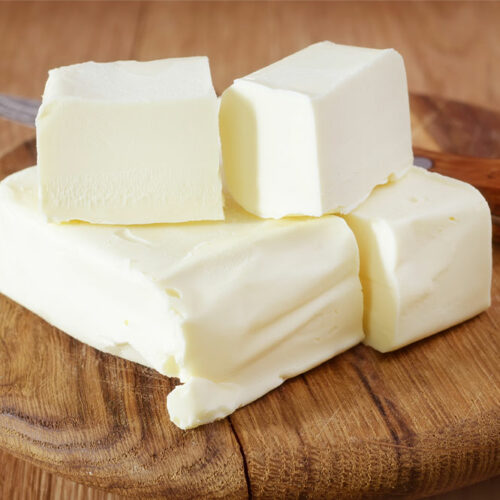Hearing difficulties – Foods to avoid and lifestyle tips

According to the National Institute on Deafness and Other Communication Disorders, one in eight people nationwide aged 12 years or above suffer from hearing loss in both ears. Hearing loss is a significant health issue that must be addressed with proper treatment and infrastructure. In addition to leveraging cutting-edge technology to facilitate hearing, leading a healthy lifestyle and avoiding certain types of foods can contribute to a more functional life for individuals with hearing difficulties. Foods to avoid with hearing difficulties Red meat Although a rich source of protein and iron, red meat is also high in saturated and trans fats, which can contribute to plaque generation in the arteries, restrict blood circulation, and trigger or worsen hearing impairment. It is a good idea to replace red meat with lean meat sources like chicken and turkey breast and venison. Confectioneries Store-bought confectioneries like cakes, cupcakes, biscuits, puddings, and pastries contain large quantities of sugar, refined flour, and carbohydrates, which can increase one’s glucose levels significantly. Elevated glucose levels can damage the blood vessels in the body and the nerves present in the upper ear, exacerbating hearing difficulties. Salt Salt in limited quantities is necessary for almost all preparations. However, excessive salt content in foods can elevate blood pressure and restrict proper blood circulation.




